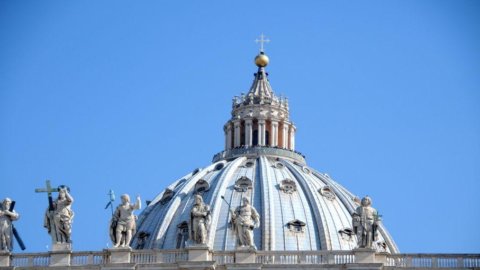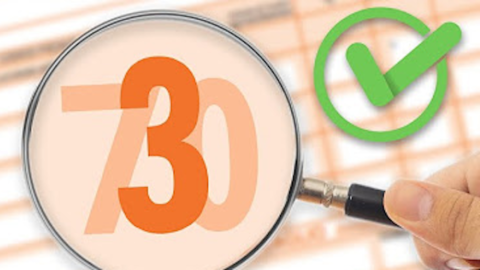The total amount of the8xmille restarted this year has reached quota 1,245 billion euros, down from 1,27 billion last year. Of this sum, about one billion went to the Catholic church (just under 80%), while the public funds they received 195,61 million euros (15,71%). The new numbers were published today on the Department of Finance website.
The disproportion between the share of the Vatican and that of the State is due to a sharing mechanism that not everyone knows and against which the Court of Auditors expressed itself last November.
In essence, to decide the destination of all 8xmille are only taxpayers who explicitly indicate which institution they want to fund. The problem is that less than half of Italians are aware of this: just 46% in 2011, the last year for which the data is available (since the 2015 breakdown relates to income four years ago, i.e. to the 2012 declarations) .
The majority of citizens, therefore, do not specify any destination for the 8xmille and many believe that in this way the money will automatically go to the state. Well, that's not the case: the 8xthousand of taxpayers who have not expressed any choice are distributed in proportion to the preferences of those who have indicated a beneficiary. numbers in hand, the minority decides who gets the majority's money.
If the Catholic Church only received the money of those who indicated it as the recipient of the 8xmille, it would be entitled to a share of 36,75%, while the distribution mechanism we have just described allows it to collect more than double.
"There is a lack of transparency on payments – he wrote the Court of Auditors –, there are no checks on the use of the funds disbursed, nor checks on the correctness” of the taxpayers' indications, “nor monitoring on the actions of the intermediaries”. The beneficiaries "receive more from the non-expressed share than from that" voluntarily allocated by the taxpayers and, according to the accounting magistrates, on this point "there is no adequate information, although those who do not choose are the majority and one can reasonably be led to believe that only with an explicit option the funds are assigned”.
A lack that is not exactly irrelevant, given that every year the sums at stake "well exceed one billion euros", bringing Italy to the top of the European ranking for this type of contribution. The Court then complained a heavy waste of resources by the State, which "shows disinterest for the share of its competence", giving the impression that "the institute is aimed only at acting as an apparent counterweight to the system of direct financing of confessions".
This year, in fact, the portion not destined for the Catholic Church or for public coffers was divided between the Union of Methodist and Waldensian Churches (3,24%), the Union of Italian Jewish Communities (0,47%) , the Evangelical Lutheran Church in Italy (0,33%), the Union of Seventh-day Adventist Churches (7%) and the Assemblies of God in Italy (0,19%).
Lastly, the latest economic data shows an increase in choices in favor of the state between the declarations of 2011 and those of 2012: from 13,3 to 15,3% of the total with a consequent increase in the amounts distributed (15,7% of the total this year against 13,3% of the total distributed in 2014).
[The tables of the Treasury]
Attachments: The report of the Court of Auditors.pdf





